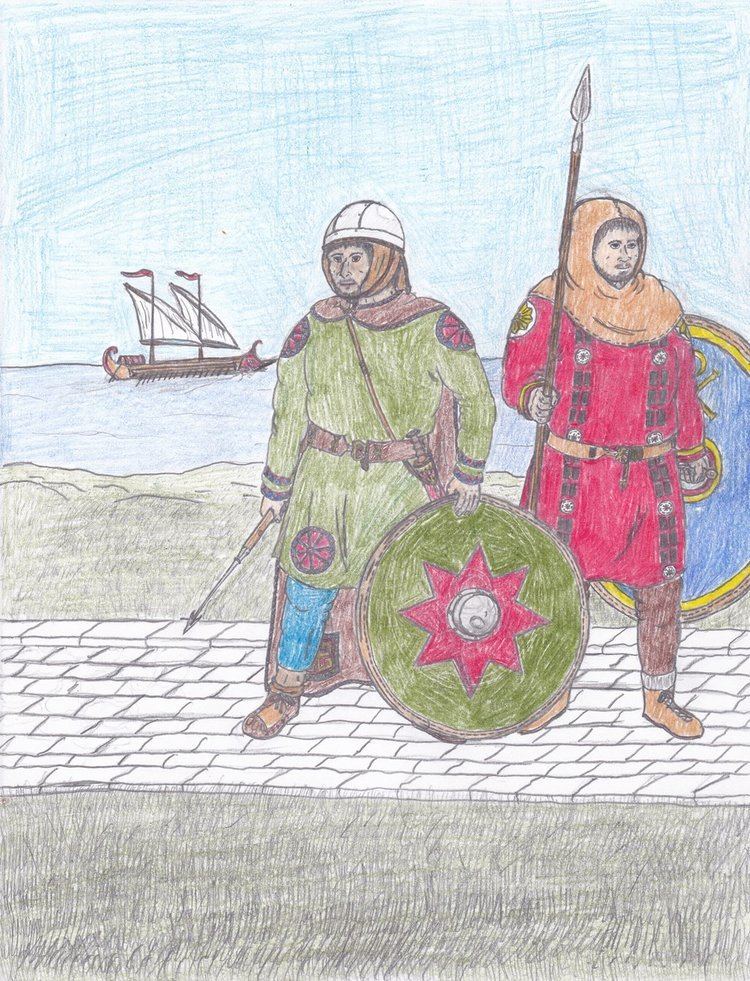 | ||
Similar | ||
Foederatus (/ˌfɛdəˈreɪtəs/ in English; pl. foederati /ˌfɛdəˈreɪtaɪ/) was any one of several outlying nations to which ancient Rome provided benefits in exchange for military assistance. The term was also used, especially under the Roman Empire for groups of "barbarian" mercenaries of various sizes, who were typically allowed to settle within the Roman Empire.
Contents
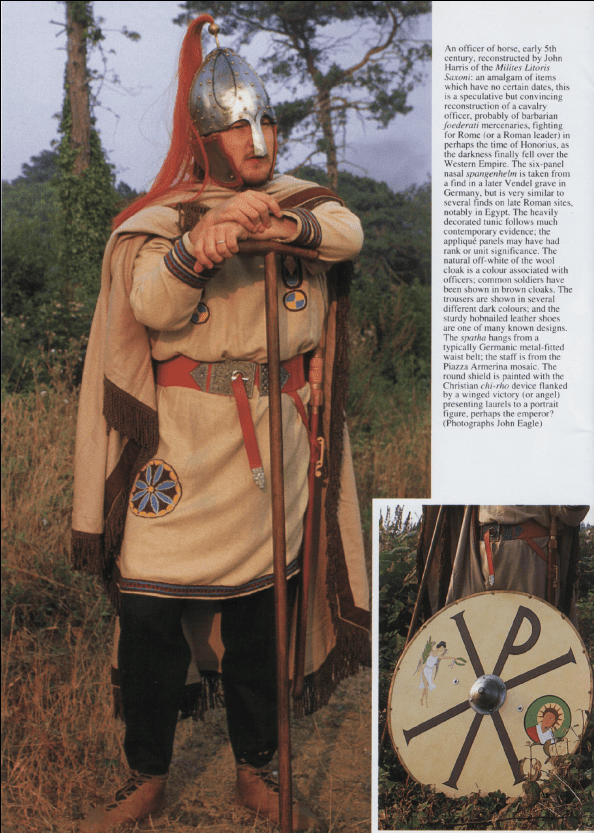
The Republic

Early in the history of the Roman Republic, a foederatus identified one of the tribes bound by treaty (foedus /ˈfiːdəs/), who were neither Roman colonies nor beneficiaries of Roman citizenship (civitas) but were expected to provide a contingent of fighting men when trouble arose, thus were allies. The Latini tribe were considered blood allies, but the rest were federates or socii. The friction between these treaty obligations without the corresponding benefits of Romanity led to the Social War between the Romans, with a few close allies, and the disaffected socii. A law of 90 BC (Lex Julia) offered Roman citizenship to the federate states that accepted the terms. Not all cities were prepared to be absorbed into the Roman res publica (e.g. Heraclea and Naples). Other foederati lay beyond Italy: Gades in Spain, and Massilia (Marseilles).
The Empire
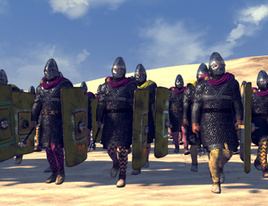
Later, the sense of the term foederati and its usage and meaning was extended by the Roman practice of subsidizing entire barbarian tribes — which included the Franks, Vandals, Alans, Huns and, best known, the Visigoths — in exchange for providing warriors to fight in the Roman armies. Alaric began his career leading a band of Gothic foederati.
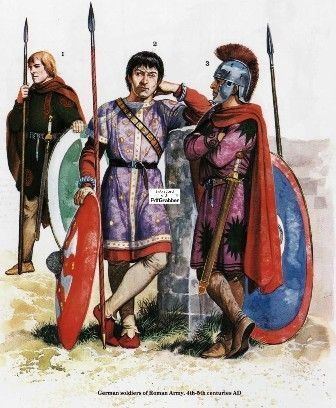
At first, the Roman subsidy took the form of money or food, but as tax revenues dwindled in the 4th and 5th centuries, the foederati were billeted on local landowners, which came to be identical to being allowed to settle on Roman territory. Large local landowners living in distant border provinces (see "marches") on extensive, largely self-sufficient villas, found their loyalties to the central authority, already conflicted by other developments, further compromised in such situations. Then, as these loyalties wavered and became more local, the Empire began to devolve into smaller territories and closer personal fealties.
4th century
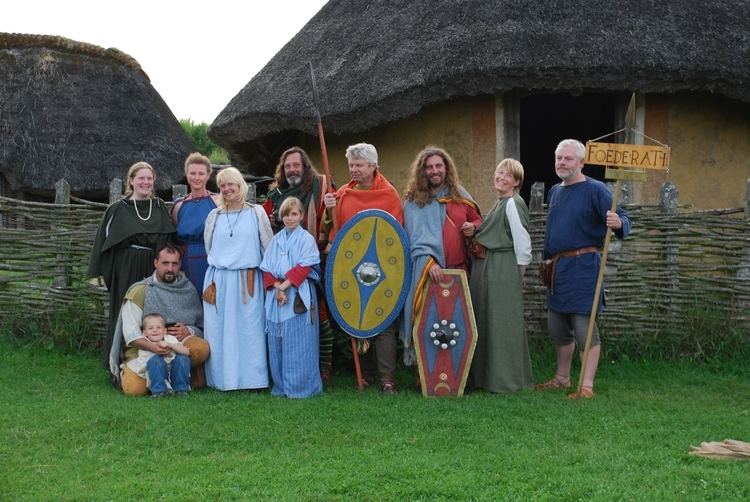
The Franks became foederati in 358 AD, when Emperor Julian let them keep the areas in northern Gaul, which had been depopulated during the preceding century. Roman soldiers defended the Rhine and had major armies 100 miles (160 km) south and west of the Rhine. Frankish settlers were established in the areas north and east of the Romans and helped with the Roman defense by providing intelligence and a buffer state. The breach of the Rhine borders in the frozen winter of 406 and 407 made an end to the Roman presence at the Rhine when both the Romans and the allied Franks were overrun by a tribal migration en masse of Vandals and Alans.
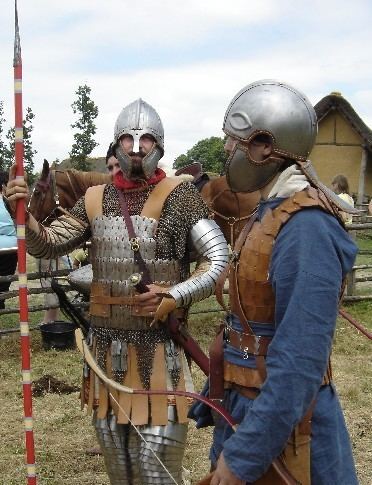
In 376 AD, some of the Goths asked Emperor Valens to allow them to settle on the southern bank of the Danube river, and were accepted into the empire as foederati. These same Goths then rose in rebellion and defeated the Romans in the Battle of Adrianople in 378 AD. The critical ensuing loss of military manpower forced the Western Roman Empire to rely much more on foederati levies thereafter.
The loyalty of the tribes and their chieftains was never reliable, and in 395, the Visigoths, this time under the lead of Alaric, once again rose in rebellion. The father of one of the most powerful late Roman Generals, Stilicho, was from the ranks of the foederati.
5th century
At the Battle of Faesulae in 406 CE, Stilicho defeated the Gothic king Radagaisus and his combined Vandal and Goth Army, only with the support of Gothic chieftain Sarus and Hunnic ruler Uldin.
In 423, the general Flavius Aetius entered the service of the usurper Joannes as cura palatii and was sent by Joannes to ask the Huns for assistance. Joannes, a high-ranking officer, lacked a strong Army and fortified himself in his capital, Ravenna, where he was killed in the summer of 425. Shortly afterwards, Aetius returned to Italy with a large force of Huns to find that power in the west was now in the hands of Valentinian III and his mother Galla Placidia. After fighting against Aspar's army, Aetius managed a compromise with Galla Placidia. He sent back his army of Huns and in return obtained the rank of comes et magister militum per Gallias, the commander in chief of the Roman army in Gaul.
Around 418 (or 426), Attaces, the king of the Alans, fell in battle against the Visigoths, who at the time were still allies of Rome, in Hispania, and most of the surviving Alans appealed to Gunderic. Gunderic accepted their request and thus became King of the Vandals and Alans.
Late in Gunderic's reign, the Vandals themselves began to clash more and more with the Visigothic Foederati, often getting the worse of these battles because the Visigoths were so much more numerous. After Gunderic died early in 428, the Vandals elected his half-brother Genseric as his successor, and Genseric left Iberia to the Visigoths in favor of invading Roman Africa.
By the 5th century, lacking the wealth needed to pay and train a professional army, Western Roman military strength was almost entirely reliant on foederati units. In 451 AD, Attila the Hun was defeated only with help of the foederati (who included the Visigoths, Alans and Saxons), and the foederati would deliver the fatal blow to the dying nominal Western Roman Empire in 476 AD, when their commander Odoacer deposed the usurper Western Emperor, Romulus Augustulus, and sent the imperial insignia back to Constantinople with the Senate's request that the 81-year-old West/East sub-division of the empire be abolished.
After the collapse of the Hunnic empire, the Ostrogoths entered into relations with the Eastern Roman Empire and were settled in Pannonia to become foederati for Byzantines. During the latter half of the 5th century, the Ostrogoths relationship with the Byzantines started to shift from friendship to enmity, just as the Visioths had done before them, and their king Theoderic the Great led them to frequently ravage the provinces of the Eastern Roman Empire, eventually threatening Constantinople itself. Eventually, Theoderic and emperor Zeno worked out an arrangement beneficial to both sides, in which Theoderic invaded Odoacer's kingdom and eventually conquered Italy.
6th century
Foederati were still present in the Eastern Roman army during the 6th century. Belisarius' and Narses' victorious armies included many foederati, including Hunnic archers and Herule mercenaries, when they reconquered Africa and Italy. At the Battle of Taginae, a large contingent of the Byzantine army was made up of Lombards, Gepids and Bulgars.
In the east, foederati were formed from several Arab tribes to protect against the Persian-allied Arab Lakhmids and the tribes of the Arabian peninsula. Among these foederati were the Tanukhids, Banu Judham, Banu Amela and the Ghassanids.
